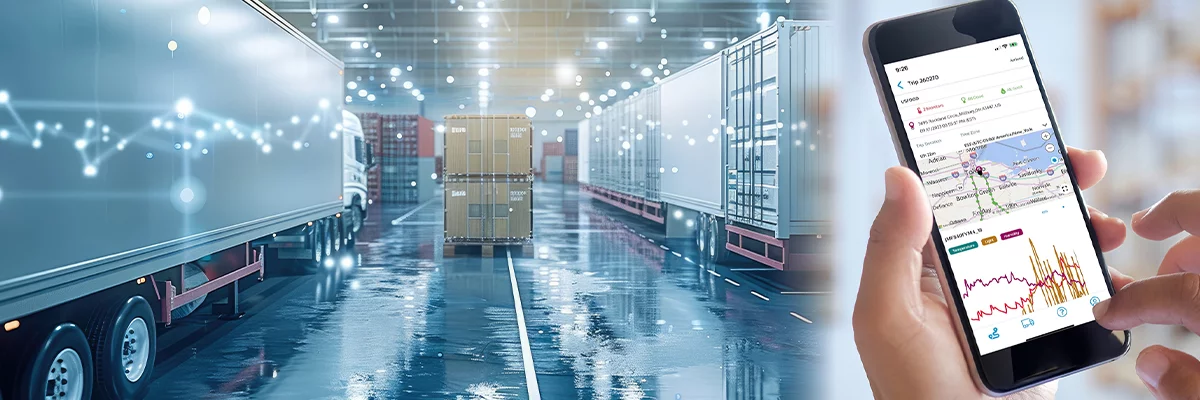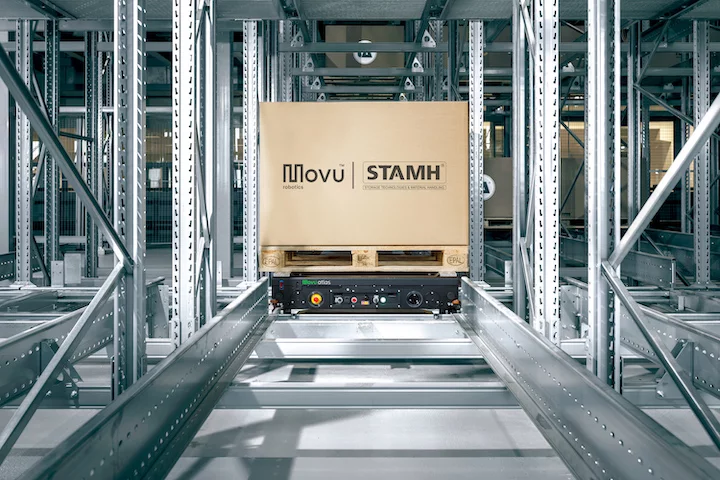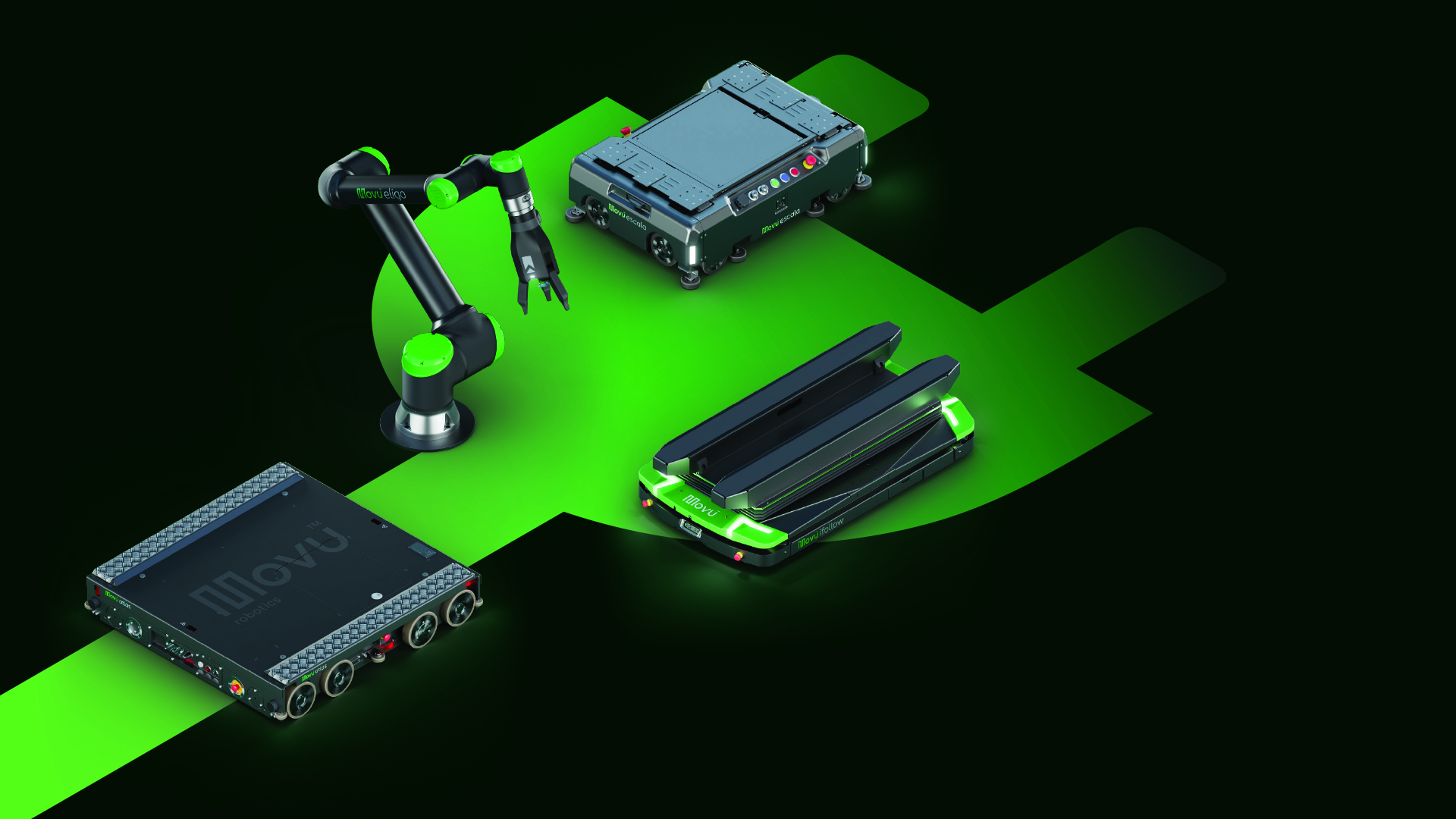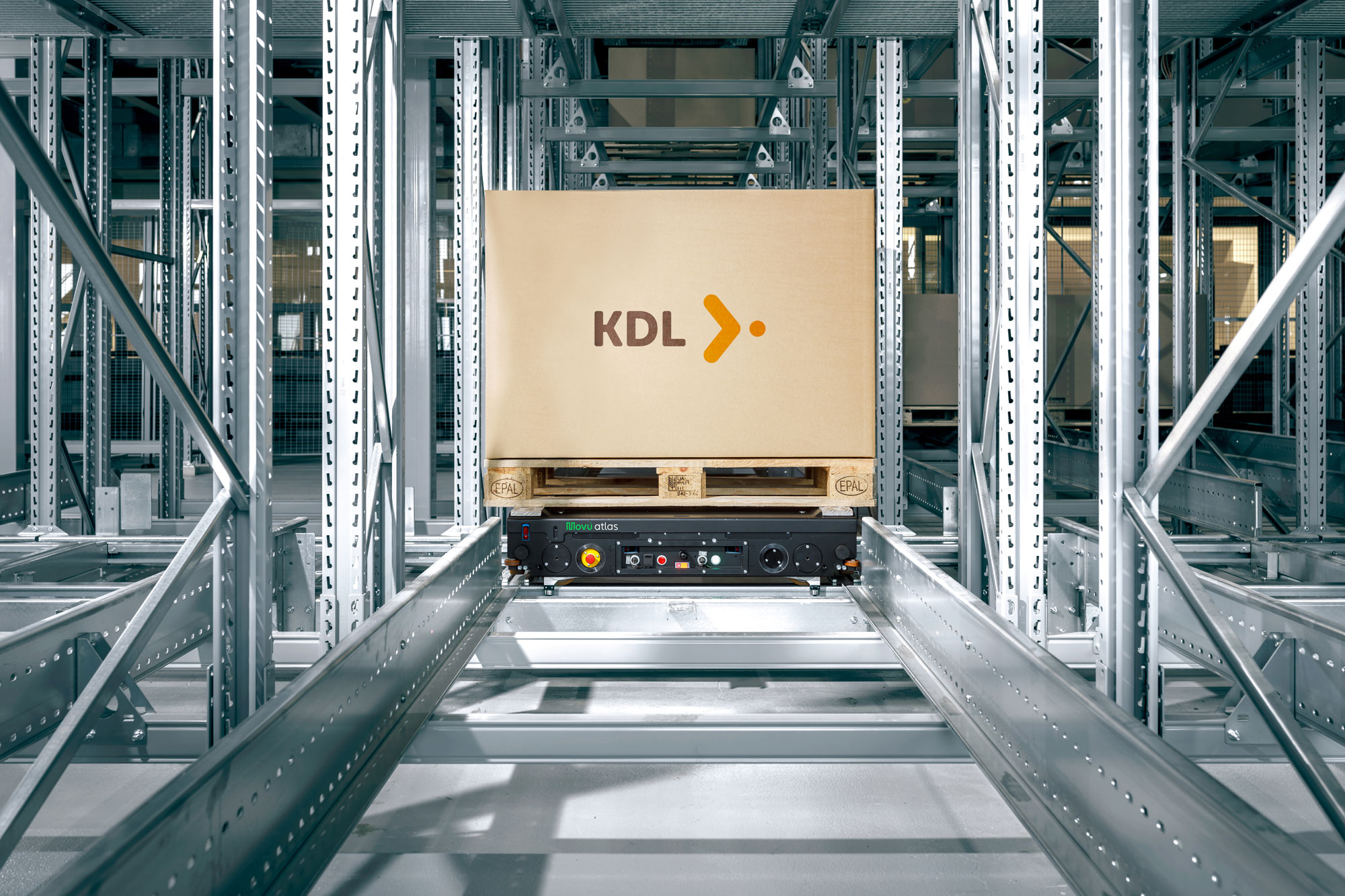From frozen food to pharmaceuticals, the cold chain plays a crucial role in keeping temperature-sensitive goods safe, fresh, and effective, writes Diana Davoyan. However, it is also one of the most energy-intensive segments of the supply chain. Cold storage facilities can consume up to three times more energy than ambient warehouses, and refrigerated transport adds a further carbon burden.
The good news? Cold chain automation is no longer just about speed and operational precision – it is rapidly becoming a key enabler of sustainability. As companies face growing pressure to decarbonise, cold chain logistics is undergoing a quiet transformation.
This traditionally energy-heavy sector is evolving into a more sustainable, efficient, and climate-conscious system.
The Sustainability Problem (and the Opportunity)
The conventional cold chain is challenged by three major sustainability issues:
● High energy use from refrigeration, lighting, and HVAC systems
● Product loss and waste due to temperature fluctuations, spoilage, and human error
● Carbon emissions from diesel-powered transport and inefficient warehouse operations
With rising energy costs and increasing focus on ESG goals, businesses can no longer ignore these inefficiencies. Fortunately, automation offers a powerful solution.
How Cold Chain Automation Supports Sustainability
Automated cold storage systems – such as ASRS (Automated Storage and Retrieval Systems) – are often compact, high-density, and fully enclosed. These systems reduce the volume of air that needs to be cooled, resulting in significantly lower refrigeration demand.
When paired with smart zoning and AI-powered climate controls, automated facilities can dynamically adjust cooling only where and when it’s needed – cutting down on unnecessary energy usage.
Reduced Waste, Increased Accuracy
Real-time monitoring systems in automated warehouses continuously track temperature and humidity. If any parameter deviates from set thresholds, alerts are triggered immediately. This helps to:
● Minimise spoilage
● Reduce packaging and product waste
● Avoid the environmental and financial costs of lost goods
In industries such as food and pharmaceuticals, where safety and compliance are non-negotiable, this level of precision is critical.
Smaller Environmental Footprint
Automated storage solutions typically allow for vertical integration, maximising space within the existing footprint of a facility. This not only increases storage capacity but also reduces the need for new warehouse construction – along with its associated emissions and resource consumption.

Greener Transport and Smart Routing
Cold chain automation isn’t limited to storage. It also extends to transportation:
● AI-driven route planning helps reduce mileage and fuel consumption
● The adoption of electric and hybrid refrigerated vehicles is accelerating
● Some logistics hubs are integrating with on-site renewable energy sources, like solar panels, to power both storage and charging infrastructure
Data-Driven Sustainability
One of the most powerful advantages of automation is the ability to collect and analyse granular data. Businesses can now track:
● Energy usage per pallet or unit
● Refrigeration efficiency trends
● Carbon emissions per delivery
● Compliance with sustainability benchmarks and regulations
This data not only helps identify inefficiencies but also provides the transparency required for ESG reporting and sustainability certifications.
What’s Next for the Greener Cold Chain?
The future of sustainable cold chain logistics is being shaped by several emerging technologies, including:
● Battery-powered and solar-assisted refrigerated vehicles
● AI-optimised HVAC systems that adapt in real time to changing internal and external conditions
● Passive cooling innovations, such as phase change materials used in packaging
● Carbon-neutral warehouses powered entirely by renewable energy sources
As these innovations continue to scale, automation will be essential for managing complexity while maintaining operational efficiency. Ultimately, the future of cold chain logistics will hinge on how boldly organisations embrace automation – not only as a performance driver, but as a key enabler of long-term sustainability.
similar news











